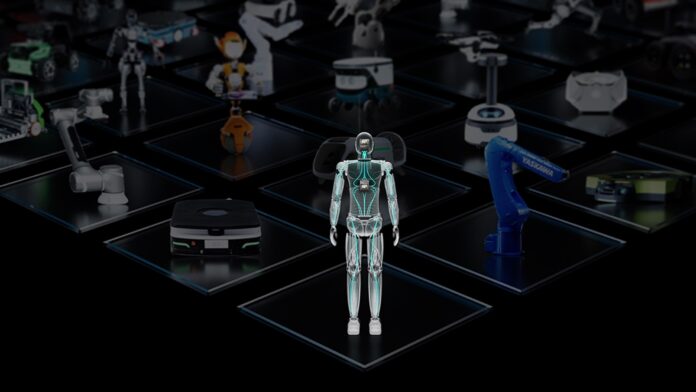During this week’s GTC 2024, Nvidia made a number of significant announcements, one of which being the Nvidia Blackwell Platform, which will help developers create AI models with greater complexity.
Since it was founded in 1993 with the intention of introducing 3D graphics to the gaming industry, Nvidia has gone a long way. After creating the graphics processing unit (GPU) in 1999, Nvidia has recently reached a market valuation of $2 trillion, making it the third most valuable company in the US, behind Apple and Microsoft.
During the company’s annual developer conference, GTC 2024, Nvidia founder and CEO Jensen Huang gave a keynote speech in which he stated that the need for advanced computing infrastructure is growing as a result of the emergence of multi-modal AI, which can process various data types using different models.
“We require an alternative method of computing in order to maintain our current level of consumption while maintaining sustainability, as well as to enable us to scale and reduce computing costs,” Huang stated.
Huang’s main statement was, “We need bigger GPUs.” Subsequently, he presented the Nvidia Blackwell platform, the event’s main attraction. Compared to the Hopper architecture, which came before it, this will allow organisations to create and operate real-time generative AI on trillion-parameter large language models (LLMs) at up to 25 times lower cost and energy consumption.
“We compute in a fundamentally different way today. For the era of generative AI, we developed a processor,” Huang remarked.
According to Huang, Blackwell outperforms its predecessor by 2.5 times in FP8 for training on a single chip and by 5 times in FP4 for inference. It has a fifth-generation NVLink interconnect that can support up to 576 GPUs and is twice as fast as Hopper.
Two Blackwell Nvidia B200 Tensor Core GPUs are connected to the Nvidia Grace CPU via a massive superchip called the Nvidia GB200 Grace Blackwell Superchip. This is done via an ultra-low-power NVLink chip-to-chip interconnect that can transfer 900GB/s.
“We’ve pursued accelerated computing for three decades, with the aim of enabling transformative breakthroughs like AI and deep learning,” Huang stated.
“Generative AI is powered by Blackwell. We will realise the potential of AI for every industry by collaborating with the world’s most innovative businesses.
Major clients of Nvidia, such as Amazon Web Services (AWS), Dell Technologies, Google, Meta, Microsoft, OpenAI, Oracle, Tesla, and xAI, are anticipated to use the company’s new flagship chip for both their own artificial intelligence products and cloud computing services.
In addition, Huang unveiled a number of enterprise-class generative AI microservices that companies can utilise to develop and implement unique applications on their own platforms while keeping complete control and ownership over their intellectual property.
Customers can use NIM microservices off-the-shelf, or Nvidia can assist in developing proprietary AI and copilots, imparting specialised knowledge to a model that would only be known by a particular company to create priceless new services, according to Huang.
Huang also revealed the following during his keynote address at GTC 2024:
- The Nvidia DGX SuperPOD is a next-generation artificial intelligence supercomputer that runs on Nvidia GB200 Grace Blackwell Superchips.
- Advanced simulation capabilities with Nvidia Omniverse Cloud and Omniverse Cloud APIs
- Nvidia 6G Research Cloud: a platform driven by Omniverse and generative AI to propel the next era of communications
- CuLitho, Nvidia’s computational lithography platform, will go into production to speed up compute-intensive tasks in the semiconductor manufacturing process.
- Using the Nvidia Earth Climate Digital Twin, interactive, high-resolution simulation will speed up weather and climate forecasting.
- A general-purpose foundation model for humanoid robots, Project GR00T was created to support the company’s efforts to propel advancements in embodied AI and robotics.
When Huang concluded his keynote, two tiny Disney Research robots with Nvidia processors joined him on stage.
He called this moment the meeting point of artificial intelligence, physics, and computer graphics—”the soul of Nvidia.”



































